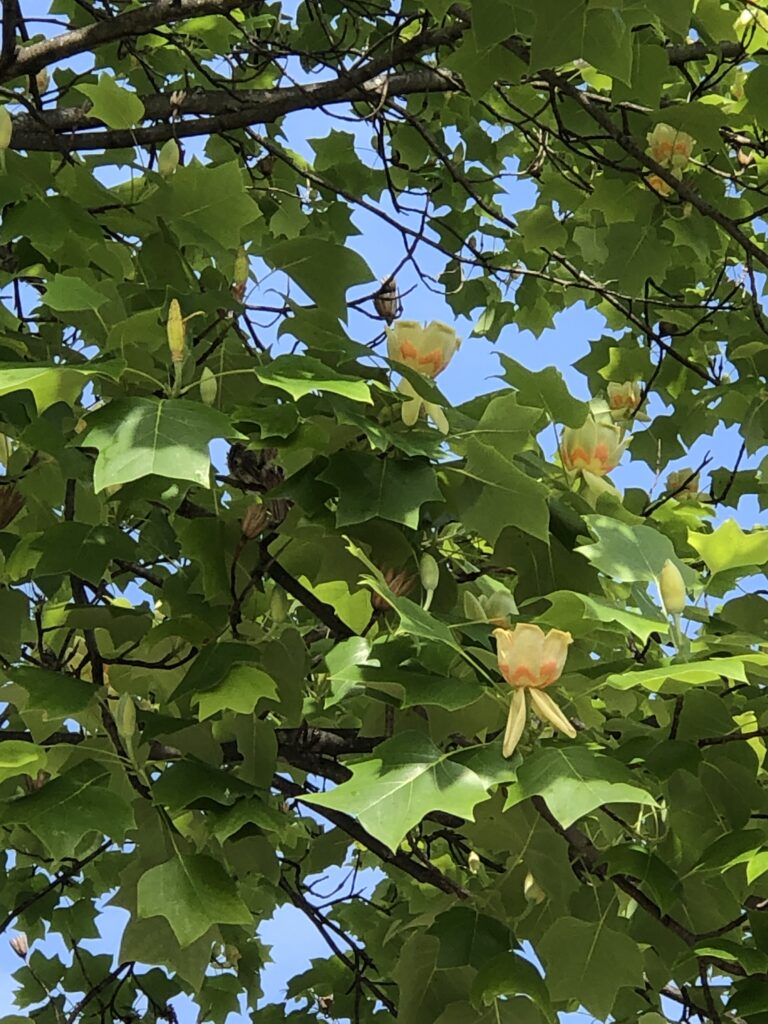
Photo taken late May 2022 in Annapolis, Maryland. You might spot the undercarriage of several sparrows in the branches.
Tulip Poplars Are Blooming
After the showy early spring blossoms have come and gone the tulip poplar, Liriodendron tulipifera, comes into its own with yellow and orange flowers. The flowers can be hard to miss as they are higher in the canopy and well above head-height.
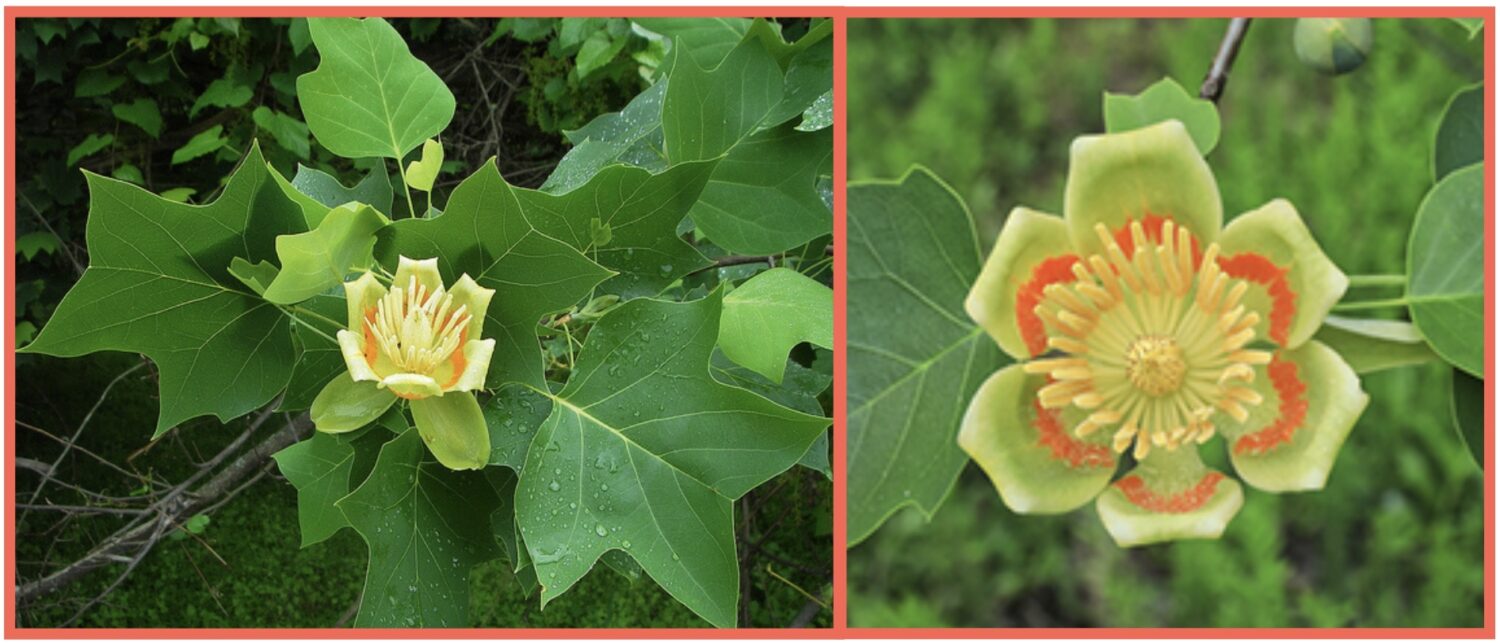
Left: photo by Nancy Magnusson, Maryland Biodiversity Project. Right: photo by Stan Cressler, Lady Bird John Wildflower Center.
The flowers have abundant nectar and attract bees and hummingbirds. In the autumn the leaves turn golden and the seeds are food for squirrels and songbirds. The leaves have four lobes and to some they resemble mittens.
The tulip poplar, also known as the American poplar, yellow poplar and bois-jaune, is found in the eastern portion of North America. It ranges north to Ontario, south to Florida and west to Missouri. The tree is fast growing and one of the largest of the native hardwoods often growing 90-120 feet (27-37 m) high. One gardening site warned homeowners with small yards not to plant this tree as it will get too big.
The Native American name for the tree is rakiock. The bark was used for medicinal purposes and the long straight logs were used for dugout canoes. The tulip poplar was described in the account of the 1585-1586 voyage to Virginia carried out in the name of Sir Walter Raleigh:
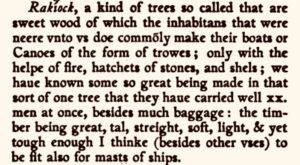
Early European settlers used the logs for cabins, furniture and household utensils. Today, the wood is still used for furniture and flooring.
The tulip poplar is not a true poplar, but is a member of the Magnolia family. The illustration below shows the relationship of L.tulipifera to other members of the family, many of which are also in bloom (except the Steel Magnolia).
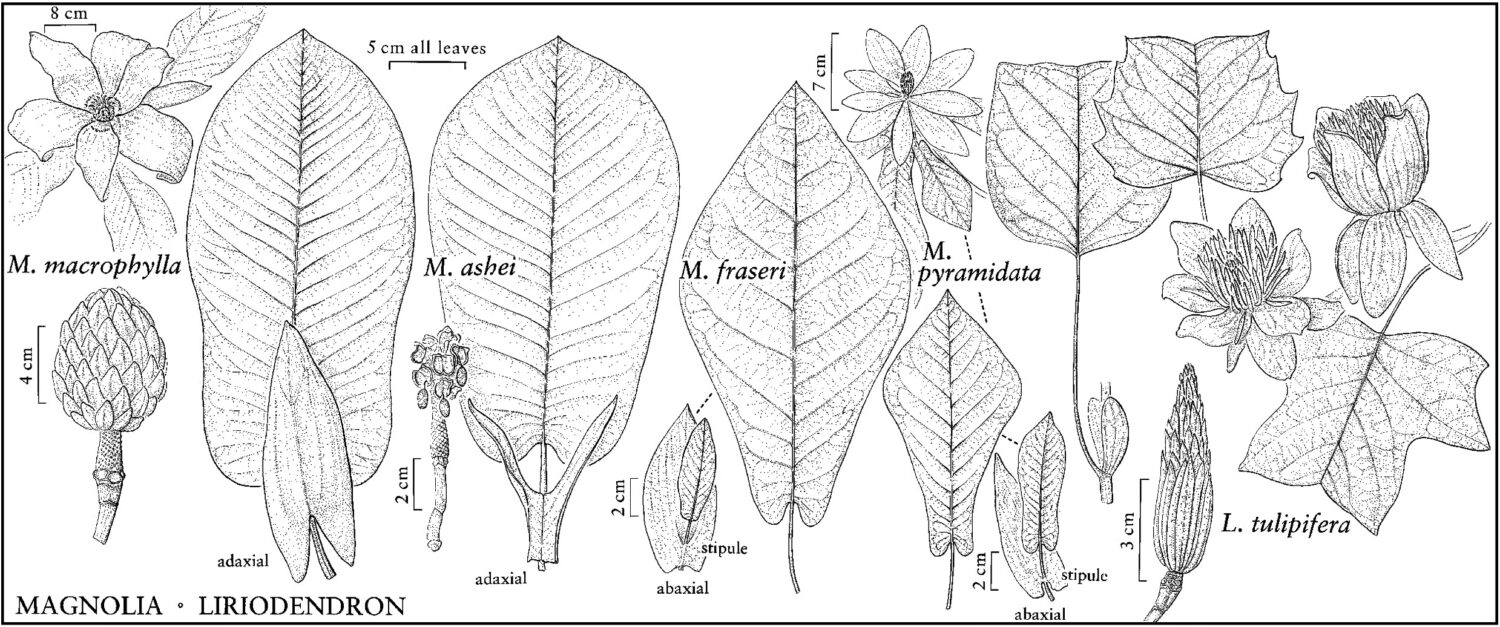
Illustration by John Mijers, copyright Flora of North America Association.
Tree Ring Labs
Dendrochronology is much more than counting tree rings to determine a tree's age. It is a dynamic field of study revealing much about our environment. Gordon Jacoby, co-founder of the Lamont-Doherty Earth Observatory (LDOE) at Columbia University describes old-growth trees as "…like ancient scribes long-lived trees can sensitively record the environmental history of a given place and time."
With no old-growth forests remaining on the Eastern Seaboard where do LDOE dendrochronologists go to find their samples? The best source is urban areas that are undergoing conservation, renovation or are slated for demolition. An article from August 2021 describes the work the LDOE Tree Ring Labs does with timbers from old New York buildings. You can read the article here.
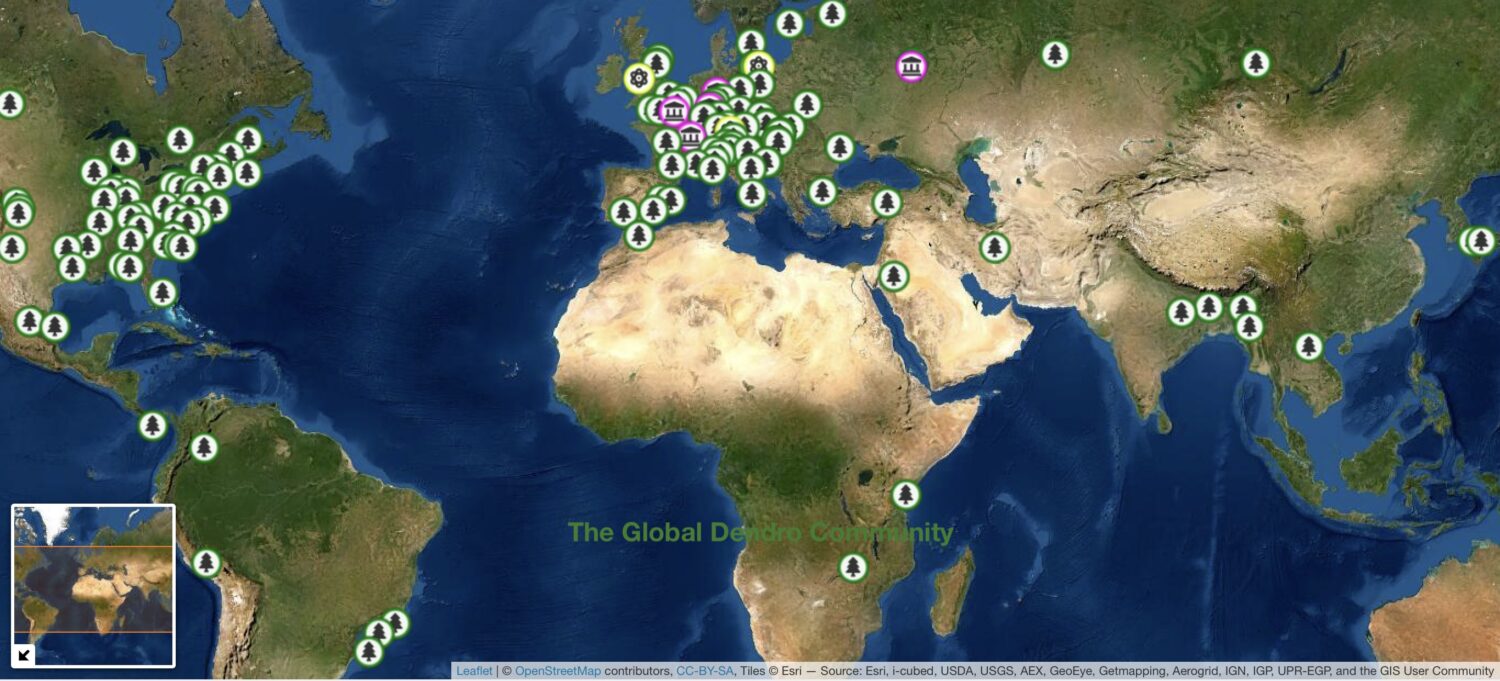
There are dendrochronology laborstories around the world and many of them post current research projects. The Dendro Hub maintains a directory of labs and you can find the list here.
Pando Problems
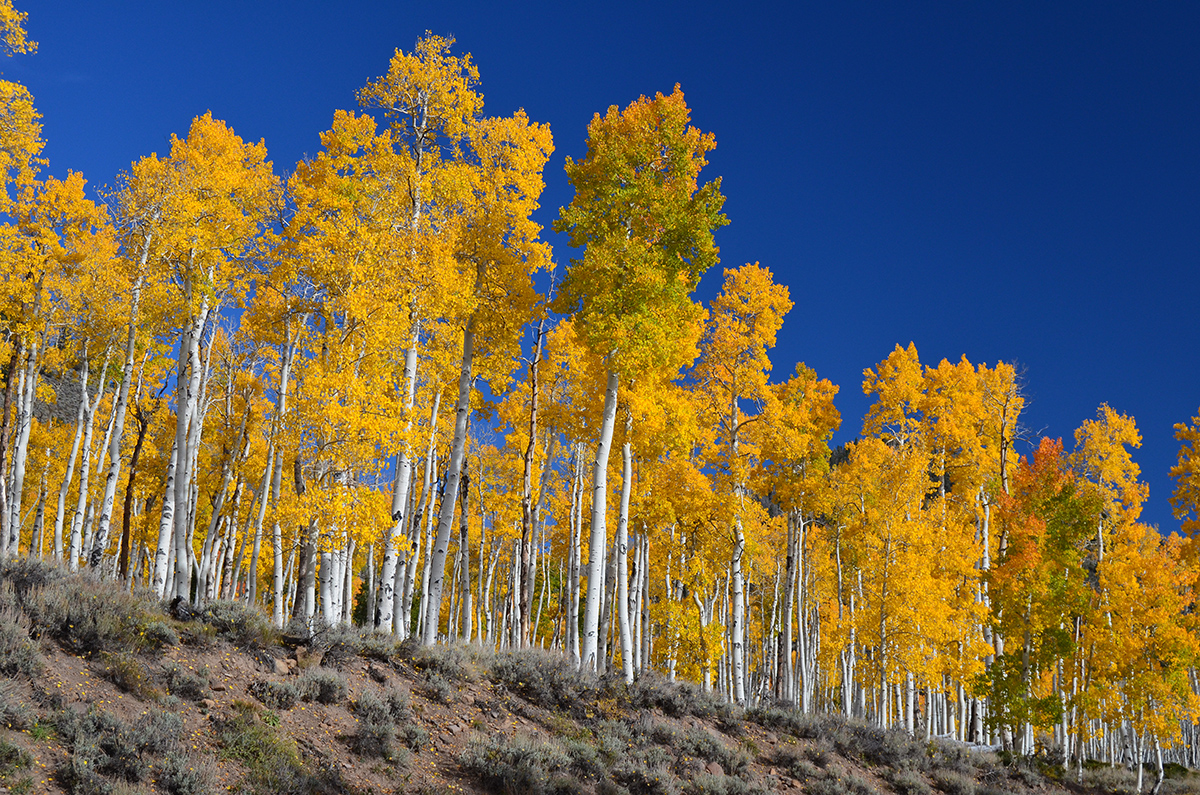
Pando in autumn. U.S. Forest Service.
Pando is a huge quaking aspen (Populis tremuloides) clone in the Fishlake National Forest in Utah. The clone covers an area of 106 acres (43 ha), has over 40,000 individual trees (ramets) and is likely thousands of years old. It is the largest living organism that has been genetically analyzed, meaning there may be bigger clones elsewhere. While aspens can reproduce when a female and a male tree swap genetic material (so to speak) they can also reproduce asexually by sending up new shoots from the underground root mass. Clones are either male or female (Pando is male) with all trees in the clone genetically identical. Trees within a clone are synchronized as to when the leaves will turn color in the autumn, when flowers bloom in the spring and when leaves begin to regrow.
Quaking aspens are unique in that they have a bark layer that carries out photosynthesis. When other tree species overshadow a stand of aspens the bark photosynthesis can be disrupted and the tree is weakened. Aspens rely on disturbances such as fires to destroy over-story trees and prompt new aspen growth. Because of its resistance to fire aspen wood has been used for flooring, but is not a wood suitable for building.
Aspens are wide-spread throughout North America. In warmer climates they thrive in higher elevations. The European quaking aspen is Populus tremula.
Pando is having problems regenerating. It is not currently known if this has to do with age, grazing animals, insects, fungus or a combination of factors. The U.S. Forest Service is monitoring Pando and you can watch a short video about their efforts here.
-Suzanne Ellison









No comments:
Post a Comment